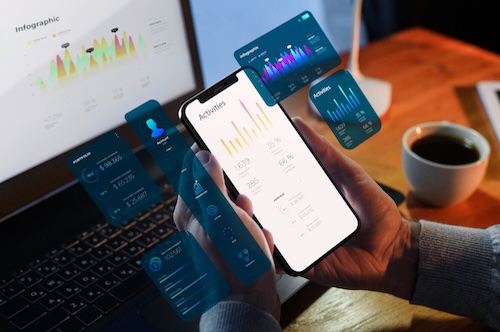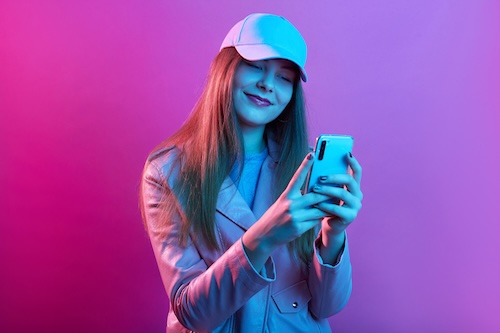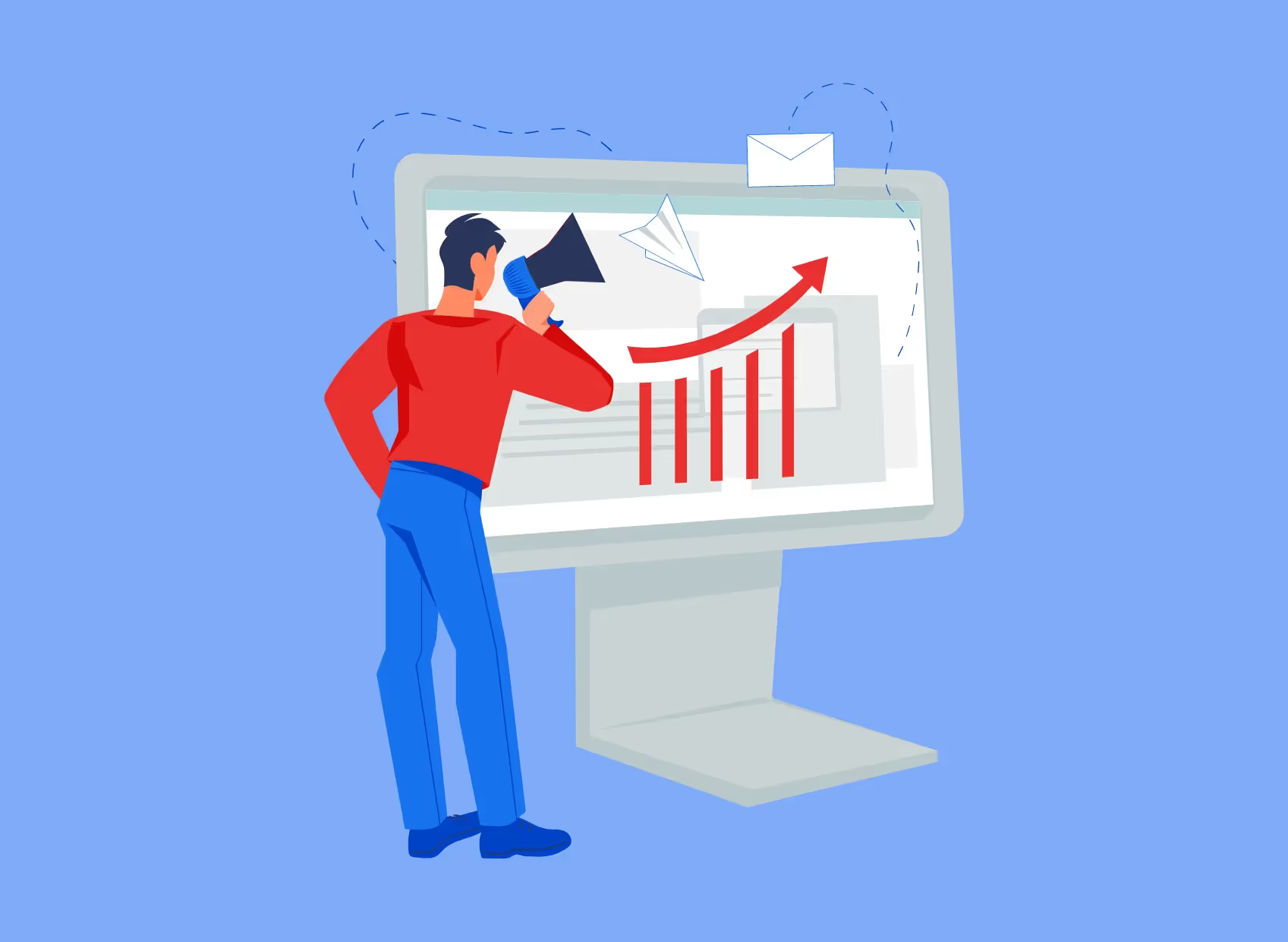In the fast-changing digital landscape, B2B influencer marketing has emerged as a powerful strategy for building trust and authority. Unlike B2C influencer campaigns that focus on lifestyle and consumer behavior, B2B collaborations revolve around thought leaders, niche experts, and professionals who shape industry decisions. However, identifying credible influencers in the B2B space is not easy.
This is where the LinkedIn API plays a game-changing role. By enabling scalable vetting, LinkedIn’s APIs allow brands to go beyond surface-level checks and conduct comprehensive due diligence before partnerships. In this blog, we’ll explore why LinkedIn APIs matter, how they streamline influencer vetting, and why scalable solutions are critical for modern B2B brands.
Why B2B Influencer Marketing Matters Today
Before diving into LinkedIn APIs, it’s essential to understand the growing impact of B2B influencer marketing and why businesses are doubling down on it.
B2B buyers trust peer recommendations and industry experts far more than traditional advertising. In fact, a Demand Gen Report found that 95% of B2B buyers prefer credible content from industry influencers when evaluating vendors. Unlike flashy endorsements in B2C, B2B influencer marketing relies on expertise, trust, and data-driven credibility.
Key Benefits of B2B Influencer Marketing
- Builds thought leadership by aligning with credible professionals.
- Increases brand trust in industries where decisions involve large investments.
- Supports longer sales cycles with consistent influence over time.
- Generates quality leads instead of broad awareness.
The Challenges of Vetting LinkedIn Influencers
While the opportunity is clear, B2B influencer marketing comes with challenges, particularly when it comes to vetting LinkedIn influencers.
LinkedIn has over 1 billion members worldwide, and the number of professionals positioning themselves as “industry influencers” grows daily. Without proper vetting, brands risk partnering with individuals who may lack genuine authority or may pose reputational risks.
Common Vetting Challenges
- Fake authority: Some professionals inflate their expertise or engagement.
- Inconsistent audience alignment: Their followers may not match your target decision-makers.
- Hidden risks: Past controversial posts or affiliations can surface later.
- Scalability issues: Manually vetting dozens of influencers is inefficient.
This is why LinkedIn API integration becomes invaluable—it turns vetting from guesswork into a structured, scalable process.
LinkedIn APIs: The Backbone of Scalable Influencer Vetting
LinkedIn APIs allow brands to securely access structured data about professionals, their networks, and their content. Unlike scrapers that violate terms of service, APIs offer a compliant and reliable way to analyze influencers at scale.
Key Functions of LinkedIn APIs for Vetting
- Profile authenticity checks: Validate career history, endorsements, and connections.
- Audience insights: Understand follower demographics and industries.
- Content analysis: Review historical posts for relevance and brand safety.
- Engagement metrics: Track likes, shares, and comments on professional content.
👉 Explore how Phyllo’s Influencer Vetting for Brand Safety ensures secure and API-based vetting of influencers.
Comparing Manual Vetting vs LinkedIn API Vetting
To highlight the impact of APIs, let’s compare manual vetting against automated API-driven processes.
Clearly, LinkedIn APIs provide efficiency, reliability, and scale that manual processes cannot match.
The Role of Brand Risk Monitoring in B2B Vetting
Even credible professionals can sometimes post content that does not align with a brand’s values. Brand risk monitoring ensures that you don’t partner with influencers whose past or present content may damage your reputation.
Key Risk Factors to Monitor
- Offensive or controversial posts in professional groups.
- Conflicts of interest with competitors.
- Misinformation or unverified claims in their niche.
- Engagement from suspicious or spam accounts.
With social screening APIs, brands can automate this process. For example, Phyllo’s Social Screening helps identify red flags in an influencer’s historical content, ensuring brand partnerships remain safe.
Social Media Intelligence: Strengthening B2B Campaigns
Beyond vetting, brands need deep insights into influencer impact. This is where social media intelligence plays a role. By combining LinkedIn API data with broader analytics, businesses can understand how influencers engage their networks and how their content resonates.
Benefits of Social Media Intelligence for B2B
- Audience quality: Measure if an influencer truly reaches decision-makers.
- Content performance: Track what type of posts resonate most.
- Benchmarking: Compare influencers to identify top performers.
- Campaign ROI: Attribute leads and sales to specific influencer activity.
Phyllo’s Social Media Intelligence tools help marketers move beyond vanity metrics to actionable insights.
Why LinkedIn APIs Are Essential for Scalable B2B Influencer Marketing
To scale B2B influencer marketing, brands need more than occasional checks—they need automated systems that continuously evaluate influencers. LinkedIn APIs enable this by integrating directly into vetting and monitoring workflows.
How APIs Enable Scalability
- Batch processing of multiple influencer profiles.
- Real-time updates on influencer activity.
- Continuous monitoring for risks or engagement drops.
- Seamless integration with CRM and analytics platforms.
By leveraging solutions like Phyllo’s Social Listening API, brands can also track industry conversations and align with influencers who actively drive professional dialogue.
The Future of LinkedIn Influencer Vetting
Looking ahead, the integration of AI and machine learning with LinkedIn APIs will further transform influencer vetting. Instead of relying solely on historical data, predictive models will identify rising thought leaders and forecast engagement trends.
According to Influencer Marketing Hub, the influencer marketing industry is expected to reach $24 billion by 2025. In the B2B space, this growth will only be sustainable if brands embrace scalable, API-driven vetting and monitoring solutions.
FAQs:
1. What is B2B influencer marketing?
B2B influencer marketing involves collaborating with professionals, thought leaders, and industry experts who influence business decisions. Unlike B2C, where reach and lifestyle appeal dominate, B2B focuses on expertise, trust, and industry credibility. This helps brands build long-term relationships with buyers and position themselves as leaders in their field.
2. Why is vetting LinkedIn influencers important?
Vetting ensures that you partner with influencers who have genuine expertise and relevant audiences. It also helps avoid reputational risks by screening for controversial or irrelevant content. Without thorough vetting, brands may waste resources on partnerships that don’t drive real business outcomes.
3. How does the LinkedIn API support influencer vetting?
The LinkedIn API provides secure access to structured data such as follower demographics, profile authenticity, and engagement insights. This allows brands to evaluate influencers at scale without manual guesswork. The API ensures accuracy, compliance, and efficiency in the vetting process.
4. What’s the difference between manual vetting and API-driven vetting?
Manual vetting is slow, error-prone, and limited to small sample sizes. In contrast, API-driven vetting is fast, accurate, and scalable, allowing brands to screen thousands of influencers at once. APIs also provide real-time updates that manual methods cannot match.
5. How does brand risk monitoring work in B2B influencer marketing?
Brand risk monitoring involves scanning an influencer’s content history and ongoing activity to flag risks such as offensive posts, misinformation, or conflicts of interest. With social screening APIs, this process is automated and continuous, ensuring safer partnerships.
6. Can social media intelligence improve B2B campaigns?
Yes. Social media intelligence goes beyond surface metrics to reveal audience quality, engagement trends, and influencer impact. This allows brands to identify which influencers drive meaningful conversations and measurable results, not just vanity metrics like likes.
7. How do social listening APIs benefit LinkedIn campaigns?
Social listening APIs track professional conversations, monitor sentiment, and identify emerging topics in your industry. This helps brands align with influencers who are actively shaping discussions and ensures that campaigns remain relevant to decision-makers.
8. What is the future of LinkedIn influencer vetting?
The future lies in AI-enhanced LinkedIn API integrations that can predict influencer growth, detect fake engagement, and recommend the best partners for specific industries. This will make B2B influencer marketing more precise, scalable, and ROI-driven.











.avif)
.avif)
.avif)